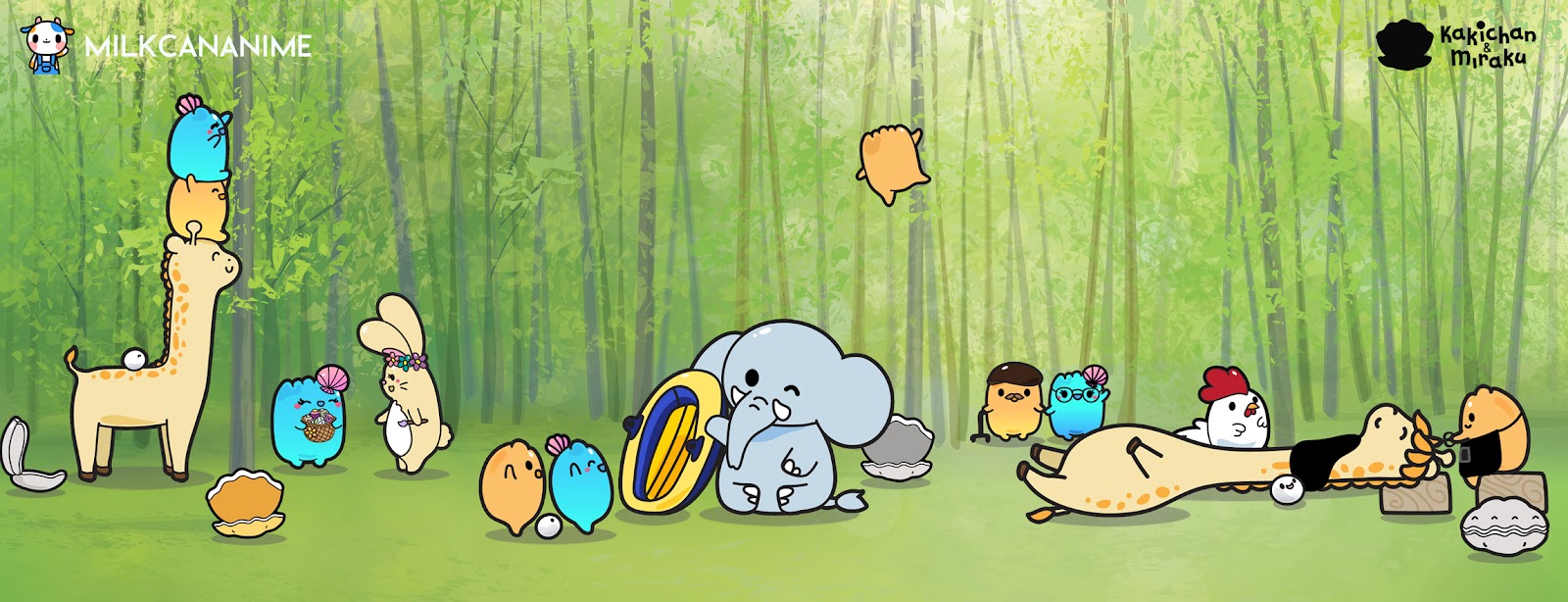The Magic Behind Manga
 |
| An acoustic ditty (possibly sung by Urasawa?) plays in the background of the intro animation |
Manben, an NHK documentary hosted by Naoki Urasawa, gives us a look into the laborious and sweaty, yet wholly enchanting world of mangakas. Urasawa himself is one of the veteran manga masters, having brought into our world several inimitable thrillers such as Yawara, Monster and 20th Century Boys.
The world of an aspiring mangaka is fraught with financial instability, consequent disapproval from family and possibly worst of all, dealing with the temperamental masses over the years. If you've ever thought about making it as a mangaka, or as a storyteller, this is the series for you. I watched it right after finishing Bakuman, so my brain was totally ramped up. Fun stuff.
So this is how the episode goes: Cameras are set up in the workspaces of the artists, over hours or days, in order to capture a slice of their usual workflow. After filming, the featured artist and Urasawa engage in a dialogue that takes a deeper look at their thought processes, work philosophies and technical decisions. How did they get started? Where do they get their ideas? What do they draw with? How fast do you have to draw? All these questions and more are thoroughly explored and answered.
 |
| Observe Hanazawa-san's suffering as the deadline creeps up on him |
The series originally debuted as a one-off special in 2014 featuring Kaiji Kawaguchi (Zipang, Eagle) and Kazumi Yamashita (The Life of Genius Professor Yanagizawa). Fortunately for us all, it was extended to feature twelve more names so far.
Episode list:
1 x 1 Akiko Higashimura (Princess Jellyfish, Kakukaku Shikajika)
1 x 2 Kazuhiro Fujita (Karakuri Circus)
1 x 3 Inio Asano (Solanin, Goodnight Punpun)
1 x 4 Takao Saito (Golgo 13)
2 x 1 Moto Hagio (Poe no Ichizoku)
2 x 2 Kengo Hanazawa (I am a Hero)
2 x 3 Daisuke Igarashi (Kaijuu no Kodomo)
2 x 4 Usamaru Furuya (At Na Chan's)
3 x 1 Ikegami Ryoichi (Heat, Lord)
3 x 2 Miyake Ranjou (Imuri)
3 x 3 Takahashi Tsutomu (Jiraishin)
3 x 4 Urasawa Naoki
What is especially interesting to observe is that regardless of the commercial popularity of their creations, the artists all display an incredible devotion and consistent fascination with the process and the responsibilities that come with being a mangaka. Perhaps you think the art by a particular mangaka isn't great, that you wouldn't mind if that work was wiped off the face of the planet. But it seems that the point isn't to make a perfect, universally-appealing manga. The greatest blessing that we, as readers, can hope for, is for the artist to always have an attitude of improvement and experimentation. That way, they can keep bringing us on new adventures. In exchange, we have the power to make all sorts of fickle, scorching comments like 'this art reeks of laziness' and 'wow totally unoriginal'.
I had encountered most of the works featured before, but carelessly brushed them off in search of something else after judging their covers for like two seconds. That still doesn't even mean I have to look through everything, because it's not a practical possibility. Isn't it tough being a mangaka in this world?
For mangakas working on weekly serials, they have to accept that showing their best work given the sheer crunch is really just good enough, because the most important thing is that manga is being created. That's what keeps the culture going. A constant pushing and pulling between readers, publishers and artists.
 |
| The artists push themselves unrelentingly on the problems of plot and characterization |
Since catching the episodes, I've picked up Igarashi Daisuke's fabulously illustrated Children of the Sea.
Igarashi comes from a Fine Art background, and his artistic sensitivity towards composition and colouring is particularly evident. There are several underwater scenes rendered in a beautiful painterly style which are an absolute joy to behold. I've also started on Dead Dead Demon's DedededeDestruction by Asano Inio.
You may recognize his intense, graphic vision from his earlier works. Some spreads from Dedede were featured in his episode and the artwork was just mindblowing so I had to check it out. No regrets.
Dead Dead Demon's DedededeDestruction
デッドデッドデ−モンズデデデデデストラクション
Volumes 1-5 are currently available at Kinokuniya for $16.10 each if you want to dash out and buy them as I often feel like doing when I find something beautiful. This series is in progress.
Children of the Sea 海獣の子供
Single volumes or the full set of five volumes can be purchased from Amazon JP for ¥771 and ¥1440 respectively.
DVDs and BluRays of Manben's Japanese-language individual episodes are slated for release throughout 2017, with bonus booklets and clips. They can be preordered right now for up to 20% off depending on which site, which works out to be roughly $42 SGD before shipping. I'm a huge fan of Higashimura Akiko and Inio Asano so I'm definitely reserving funds for those. I do wish they'd release a box set actually, preferably at a lower price... Officially translated episodes on Crunchyroll or something would be nice too, as I'd venture to say that this is a topic that people all around the globe are interested in.
At the official NHK Manben site, there are transcripts and extra clips available for viewing. (Japanese only, but easy enough to navigate)
Written by Mana





No Comment to " The Magic Behind Manga "